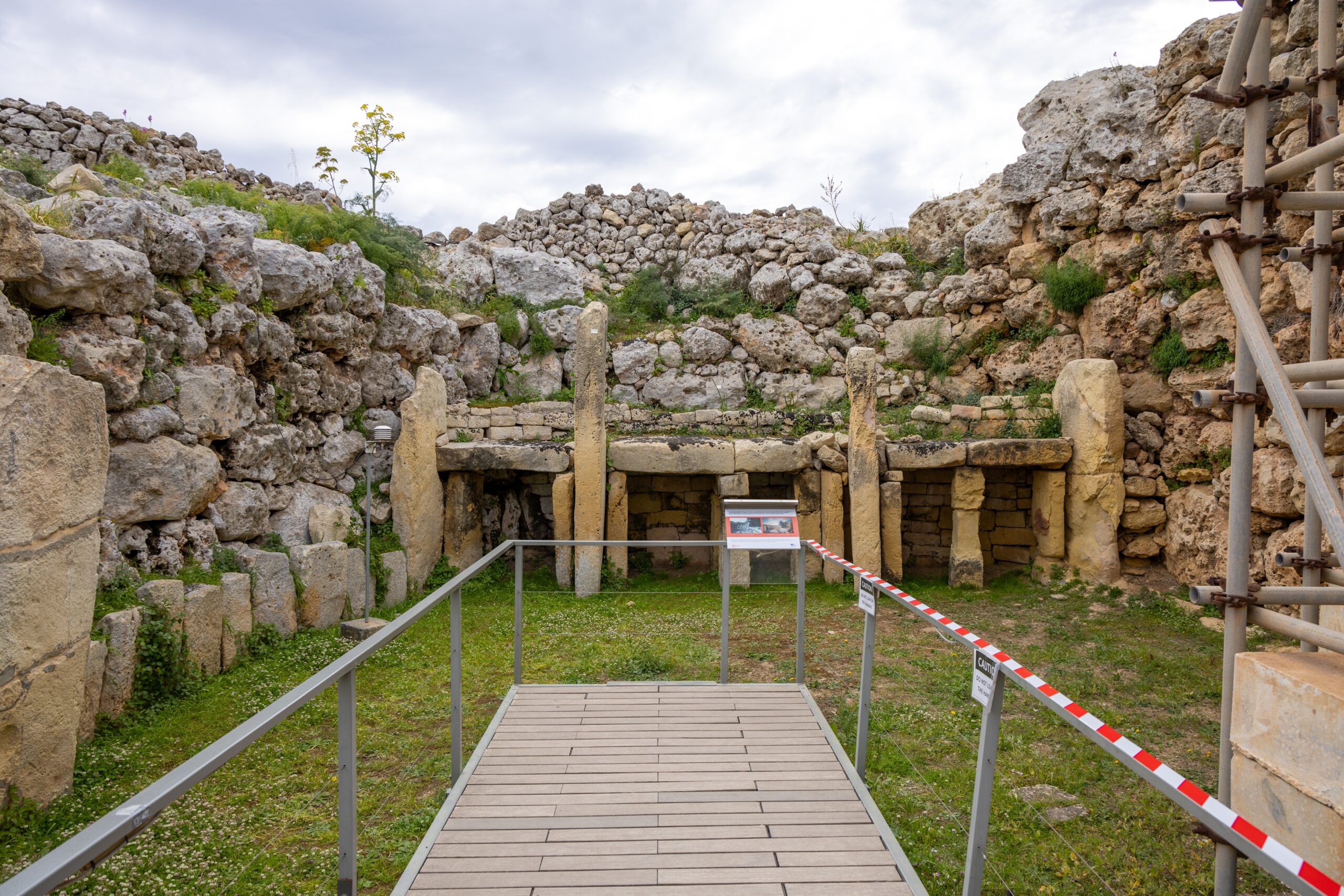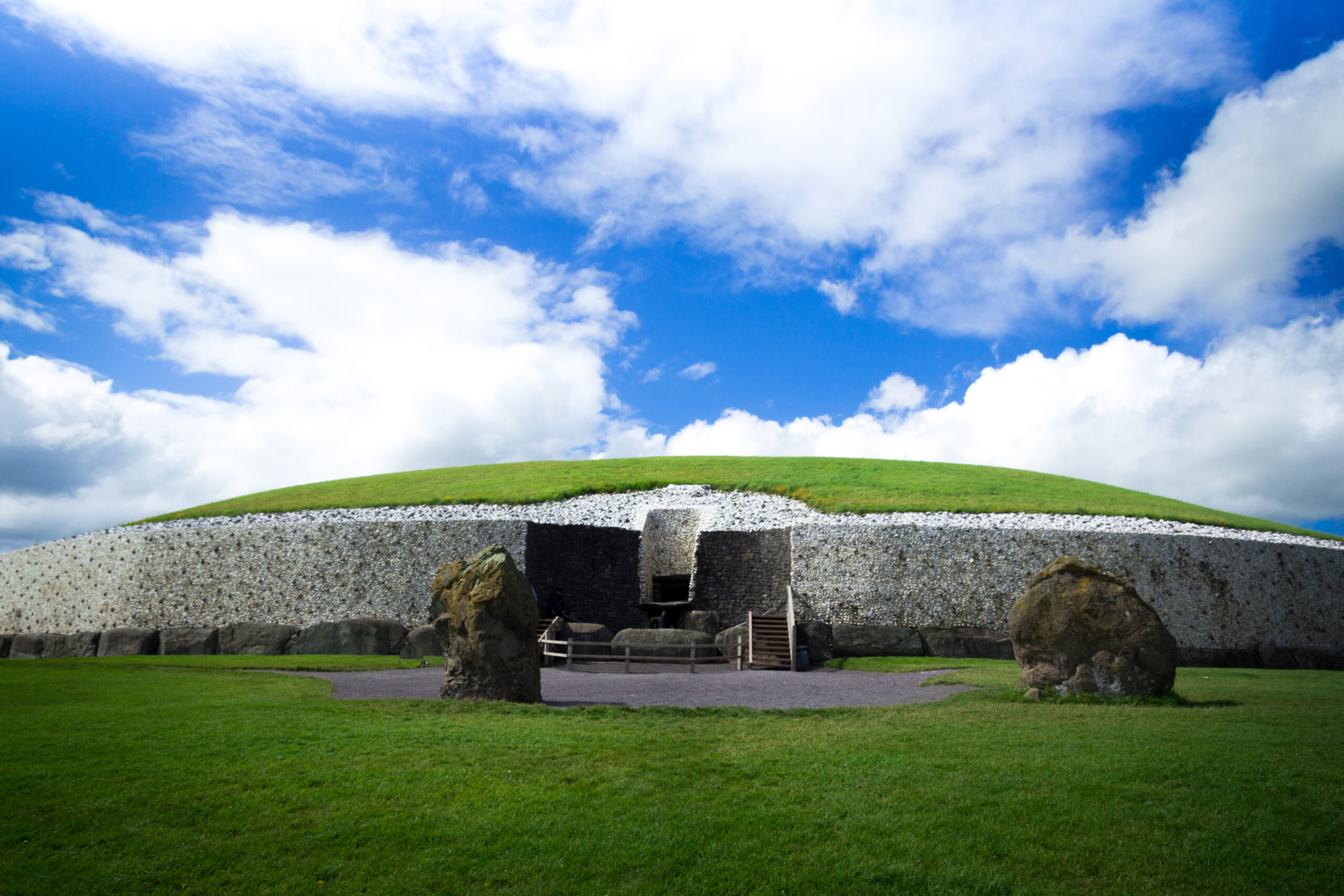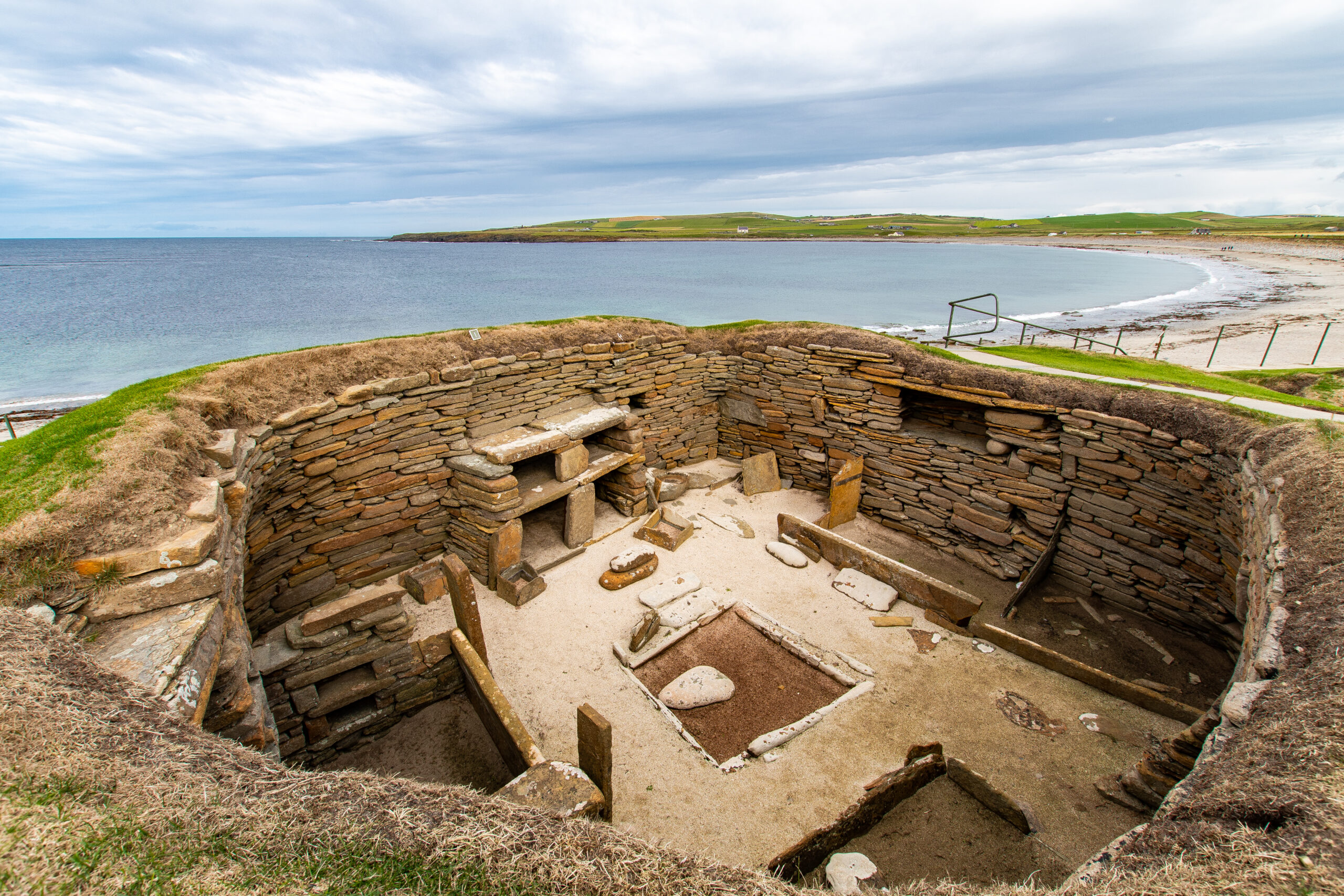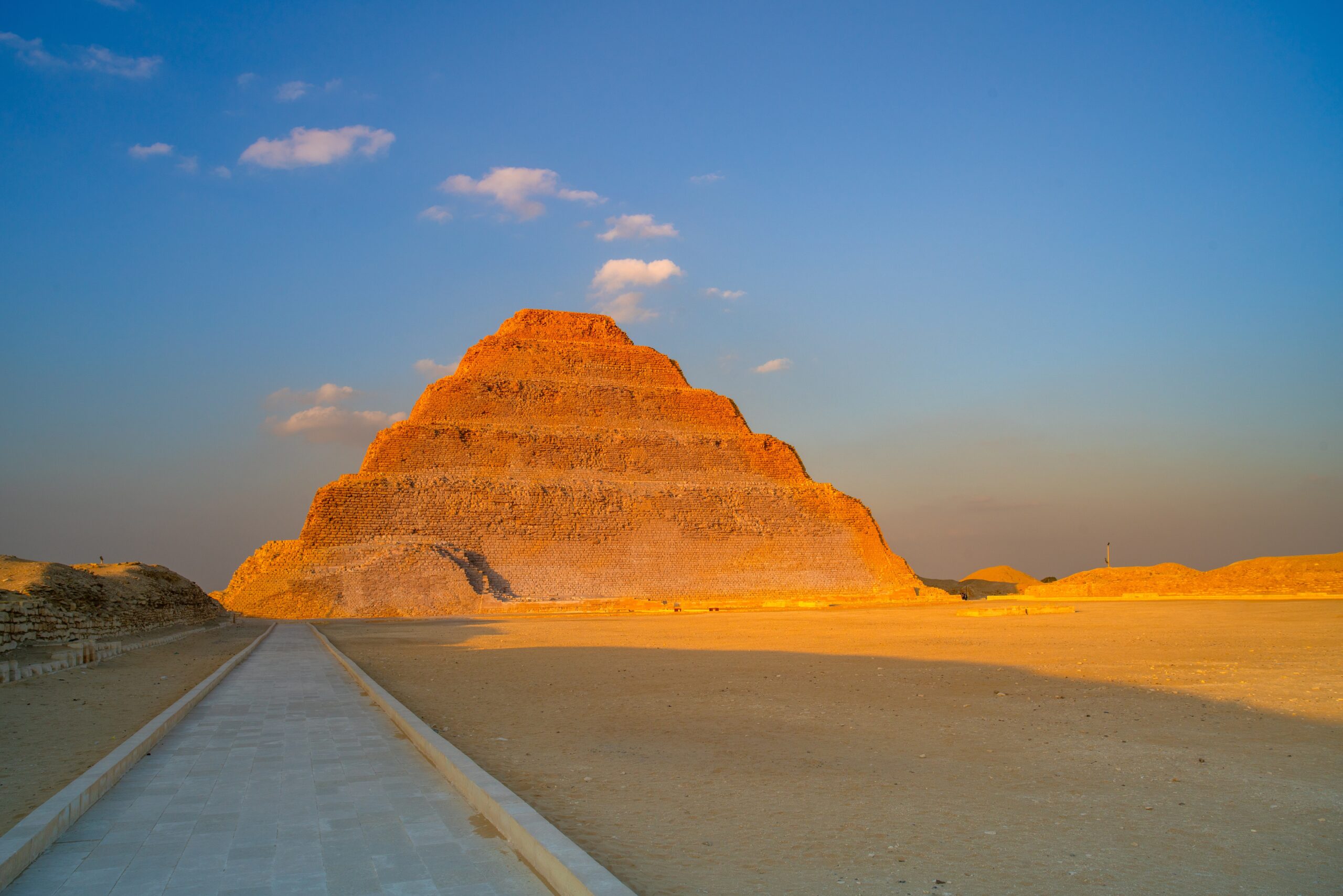Exploring the oldest buildings in the world reveals remarkable feats of ancient architecture and engineering. These structures, some dating back over 10,000 years, reflect the early advancements of human civilization. Many of these sites remain partially standing, bearing witness to millennia of history and the resilience of their builders. This journey through time unveils the purpose, mystery, and legacy of some of the world’s most ancient structures.
Göbekli Tepe, Turkey

Göbekli Tepe is one of the oldest known monumental structures in the world, dating back to around 9600 BCE. It’s located in southeastern Turkey, near the city of Şanlıurfa. This site features circular stone pillars arranged in complex patterns, each weighing several tons. Archaeologists believe it served as a religious or ceremonial site for early hunter-gatherer communities. The precise craftsmanship on the stones, with intricate carvings of animals, showcases advanced skill for its time. Although weathered by millennia, parts of the site remain standing. Göbekli Tepe is often regarded as humanity’s first “temple.”
Tower of Jericho, Palestine

The Tower of Jericho, built around 8000 BCE, is an ancient structure located in modern-day Palestine. This massive stone tower stands over 8.5 meters high and is believed to have had defensive or ceremonial functions. Constructed during the Neolithic period, the tower reflects advanced engineering for its time. The structure includes an internal staircase, which suggests complex design and planning. Although much of the original structure is no longer visible, parts of the tower remain intact. It stands as a testament to early human efforts in fortification and settlement.
Barnenez, France

The Cairn de Barnenez, located in Brittany, France, dates back to approximately 4850 BCE. This ancient structure is one of the oldest megalithic monuments in Europe. Built as a large burial mound, it contains multiple chambers and passageways made of massive stones. Measuring around 70 meters in length, it was constructed with over 13,000 tons of stone. The purpose of Barnenez was likely ceremonial, serving as a tomb for important individuals or groups. While the structure shows signs of erosion, many of the original stones are still in place. Barnenez offers a glimpse into the early mortuary practices of ancient Europeans.
Knap of Howar, Scotland

Knap of Howar, located on the island of Papa Westray in Scotland, is a Neolithic farmstead dating to around 3700 BCE. It’s considered the oldest known stone house in northern Europe. The site consists of two rectangular buildings with thick stone walls, connected by a narrow passage. Archaeologists believe it served as a residence, possibly for a small farming family. Remarkably, the walls and interior features, like stone benches, remain largely intact. Knap of Howar provides valuable insights into the domestic life of early agricultural communities.
Ġgantija Temples, Malta

The Ġgantija Temples, built between 3600 and 3200 BCE, are one of the oldest free-standing stone structures in the world. Located on the island of Gozo in Malta, these temples are part of a larger complex used for religious ceremonies. The name “Ġgantija” means “giant” in Maltese, reflecting local legends that giants built the temples. The megalithic construction includes large stone blocks arranged to create chambers and altars. Many sections of the temples are still standing, with several stones reaching up to five meters in height. This site represents an important chapter in prehistoric religion and architecture.
Sechin Bajo, Peru

Sechin Bajo, located in the Casma Valley of Peru, dates back to around 3500 BCE. This ancient complex includes several large stone platforms and walls, believed to have served as a ceremonial or administrative center. The site showcases some of the earliest examples of monumental architecture in the Americas. Its design features elaborate carvings, including representations of warriors and deities. Archaeologists believe Sechin Bajo played a key role in regional religious practices. While erosion has affected parts of the structure, sections of the complex are still visible. Sechin Bajo remains a key piece of Peru’s ancient history.
Monte d’Accoddi, Italy

Monte d’Accoddi, located in Sardinia, Italy, dates back to around 4000 BCE. This ancient structure resembles a step pyramid and is unique in European prehistory. Archaeologists believe it served as a religious site, possibly for rituals and sacrifices. The structure is composed of multiple layers of stones and clay, forming a large rectangular platform with an inclined ramp. The site also includes large standing stones and altars, suggesting ceremonial functions. Although partially restored, much of Monte d’Accoddi remains intact. This site reflects the early religious practices and architectural innovation of ancient Sardinian society.
Newgrange, Ireland

Newgrange, built around 3200 BCE, is an impressive passage tomb located in County Meath, Ireland. This ancient structure features a large circular mound with a long passage leading to a central chamber. It is renowned for its alignment with the winter solstice, when sunlight illuminates the inner chamber. Built with precision using massive stones, Newgrange served as a burial and ceremonial site. Intricate carvings on the stones depict spirals and other symbols unique to Neolithic art. Much of the structure remains intact, with parts restored to preserve its historical significance. Newgrange represents both an engineering feat and a cultural landmark in Ireland.
Caral, Peru

Caral, located in the Supe Valley of Peru, dates back to approximately 2600 BCE, making it one of the oldest cities in the Americas. This ancient city includes large pyramid structures, plazas, and residential areas. Caral is believed to have served as a major center for trade, religion, and administration in early Peruvian society. The construction of massive pyramids from stone and clay reveals advanced engineering skills for its time. Although some structures have eroded, many parts of the city remain visible. Caral provides valuable insights into early urban planning and social organization in ancient South America.
Hagar Qim, Malta

Hagar Qim, an ancient megalithic temple complex, dates back to around 3600 BCE and is located on the island of Malta. This structure consists of large stone blocks arranged to create distinct chambers and altars, likely for religious ceremonies. The temple’s design includes oval-shaped rooms connected by doorways, showcasing advanced architectural techniques. Hagar Qim is famous for its “oracle hole,” through which sunlight enters during specific times of the year. Many of the original stones remain intact, with protective structures added to prevent further erosion. This site highlights the religious life and craftsmanship of early Maltese civilization.
Shunet el-Zebib, Egypt

Shunet el-Zebib, built around 2750 BCE, is an ancient mudbrick structure located in Abydos, Egypt. This massive enclosure, constructed during the reign of King Khasekhemwy, served as a royal funerary complex. It is one of the earliest examples of monumental architecture in Egypt, featuring high walls and an expansive layout. The structure likely influenced later Egyptian mortuary practices, including the construction of pyramids. Although parts have crumbled, sections of the original walls remain visible. Shunet el-Zebib stands as a significant testament to early Egyptian mortuary customs and architectural ambition.
Skara Brae, Scotland

Skara Brae, located on the Orkney Islands in Scotland, dates back to approximately 3180 BCE. This well-preserved Neolithic settlement includes stone-built houses connected by passageways. Archaeologists believe it was a thriving community, housing around 50-100 residents. Each house features stone furniture, such as beds and shelves, giving insights into daily life. The settlement was buried in sand for centuries, which helped preserve its structures. Today, Skara Brae remains one of Europe’s best-preserved prehistoric villages. This site reveals much about the domestic life of early Scottish societies.
Palace of Knossos, Greece

The Palace of Knossos, built around 2000 BCE, is an ancient Minoan palace located on the island of Crete, Greece. This sprawling complex includes large courtyards, elaborate rooms, and sophisticated drainage systems. Knossos is thought to have served as a political, religious, and cultural center for the Minoans. The palace is famous for its colorful frescoes, depicting scenes of Minoan life and mythology. Although parts of the structure have been restored, much of the original palace remains intact. Knossos reflects the artistry, engineering, and cultural significance of ancient Minoan civilization.
Tarxien Temples, Malta

The Tarxien Temples, dating to approximately 3150 BCE, are a megalithic temple complex on the island of Malta. These temples are known for their intricate carvings, including spirals and animal figures, which decorate the massive stone blocks. Archaeologists believe the site served as a religious center for ritualistic practices. The complex includes several interconnected structures, each with distinct features like altars and ceremonial rooms. While parts have eroded, many stones are still in place, and some have been restored for preservation. The Tarxien Temples showcase the craftsmanship and spiritual life of ancient Maltese society.
Great Ziggurat of Ur, Iraq

The Great Ziggurat of Ur, built around 2100 BCE, is an ancient Mesopotamian structure located in present-day Iraq. This massive stepped pyramid was constructed under King Ur-Nammu and served as a religious center dedicated to the moon god Nanna. The ziggurat features a layered, rectangular design with a broad staircase leading to the top, showcasing impressive architectural skills. Made of mud bricks, the structure was coated with bitumen to withstand weathering. Although partially restored, much of the original ziggurat still stands. It remains one of the most iconic examples of Sumerian civilization and religious architecture.
Pyramid of Djoser, Egypt

The Pyramid of Djoser, built around 2670 BCE, is one of Egypt’s oldest and most iconic structures. Located in Saqqara, this step pyramid was constructed for the Pharaoh Djoser by his architect, Imhotep. Unlike later pyramids, it consists of six stacked terraces, forming a unique, tiered design. The pyramid complex includes courtyards, temples, and tombs, symbolizing royal power and religious devotion. Made of limestone blocks, the structure has endured thousands of years, though some areas have been reinforced. The Pyramid of Djoser represents a major advancement in ancient Egyptian architecture and burial practices.
Temple of Amada, Egypt

The Temple of Amada, built around 1500 BCE, is one of Egypt’s oldest surviving temples and is located in Nubia. Originally commissioned by Pharaoh Thutmose III, it was later expanded by other rulers, including Amenhotep II and Thutmose IV. The temple was dedicated to the gods Amun and Ra-Horakhty, and its walls feature detailed reliefs depicting scenes of royal worship and military victories. Built from sandstone, the temple has been relocated to higher ground to protect it from flooding caused by the Aswan High Dam. Although small in size, the Temple of Amada preserves vibrant artwork and inscriptions from ancient Egyptian history.
Temple of Karnak, Egypt

The Temple of Karnak, begun around 2000 BCE and expanded over centuries, is one of the largest religious complexes in ancient Egypt. Located in Luxor, it served as the main place of worship for the god Amun-Ra and contains multiple temples, chapels, and vast courtyards. The site includes the famous Hypostyle Hall, a grand area filled with massive columns covered in intricate carvings and inscriptions. Constructed from sandstone, the complex features large statues and obelisks, celebrating various pharaohs and deities. Although partially in ruins, many parts remain intact, showcasing Egypt’s architectural and religious legacy.
This article originally appeared on Rarest.org.
More from Rarest.org
10 Oldest Cities in the World

Many of the world’s oldest cities have existed for thousands of years, serving as important cultural, political, and trade centers. Read More.
10 Largest Lakes in the United States

The United States is home to some of the largest and most iconic lakes in the world, each with its own unique ecosystem, recreational opportunities, and geographical significance. Read More.
11 Endangered Amphibians Battling Climate Change and Pollution

Amphibians are facing an unprecedented battle against the dual threats of climate change and pollution. Read More.
